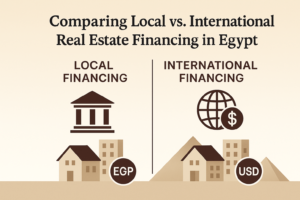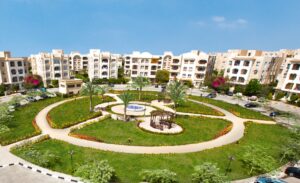Location is not merely a logistical decision—it’s a strategic pillar that can determine the viability and sustainability of any commercial venture. McDonald’s, one of the world’s leading fast-food giants, demonstrates how a carefully selected location can significantly influence performance, accessibility, and long-term profitability.
McDonald’s Criteria for Site Selection
McDonald’s relies on a rigorous framework when identifying suitable sites for its branches. These criteria ensure each location contributes effectively to the brand’s growth and operational excellence:
- Population Density: Locations are selected in high-footfall areas to secure a consistent and sustainable customer base.
- Proximity to Key Amenities: Branches are typically positioned near universities, shopping centers, schools, and tourist zones to ensure continuous traffic throughout the day.
- Accessibility and Visibility: High visibility from major roads and convenient access for both pedestrians and vehicles are essential components of site planning.
- Local Market Analysis: A detailed understanding of local preferences, demographics, and consumer habits guides location-based service adaptation and menu customization.
A Case Study in Egypt: Expansion Rooted in Location Strategy
McDonald’s Egypt launched operations in 1994, opening its first two branches in Heliopolis and Mohandessin—two of Cairo’s most commercially dynamic districts. The company’s growth strategy has since propelled it to over 190 branches nationwide, spanning key cities and strategic locales across governorates.
Operated by the fully Egyptian-owned company Manfoods, McDonald’s Egypt contributes significantly to the national economy, generating over 40,000 direct and indirect job opportunities.
This success is no coincidence; it’s the result of a location-centric expansion model rooted in data, demand mapping, and urban development trends.
Key Takeaways From McDonald’s Location Strategy
Several core lessons emerge from McDonald’s Egypt expansion story—insights that are especially relevant to anyone evaluating real estate investments or commercial rollouts:
- Demographic & Economic Mapping: Selecting high-income and high-density areas to optimize revenue potential.
- Cultural Adaptation: Localizing offerings to align with the preferences and expectations of the domestic market.
- Tech Integration: Leveraging data tools and digital infrastructure to enhance delivery systems and streamline logistics, ultimately reducing operational costs and increasing efficiency.
Schedule Your Complimentary Location Strategy Consultation With Consult
At Consult, we specialize in guiding organizations through location analysis, market feasibility studies, and property investment strategies. Whether you’re planning a new commercial launch or evaluating the potential of a real estate asset, our expert consultants are equipped to offer tailored advice grounded in data and industry insight.
📞 Visit consulteg.com to schedule your free one-on-one consultation and explore opportunities aligned with your strategic objectives.
Frequently Asked Questions (FAQs)
- Why is location critical to commercial success?
Location influences customer access, operational efficiency, brand exposure, and ultimately, financial performance. - How can I assess the right location for a project?
Using tools such as demographic heat maps, traffic flow data, and local demand forecasting, ideally guided by experienced consultants. - What criteria should be considered when choosing a location for a restaurant?
Population density, proximity to complementary businesses, accessibility, and visual prominence all factor into optimal site selection. - How should a business adapt to the local market?
By conducting cultural and consumer research and tailoring products, pricing, and service delivery accordingly. - What are the benefits of leveraging technology in real estate strategy?
Improved decision-making through analytics, reduced operational costs, scalable logistics, and enhanced customer engagement.

















